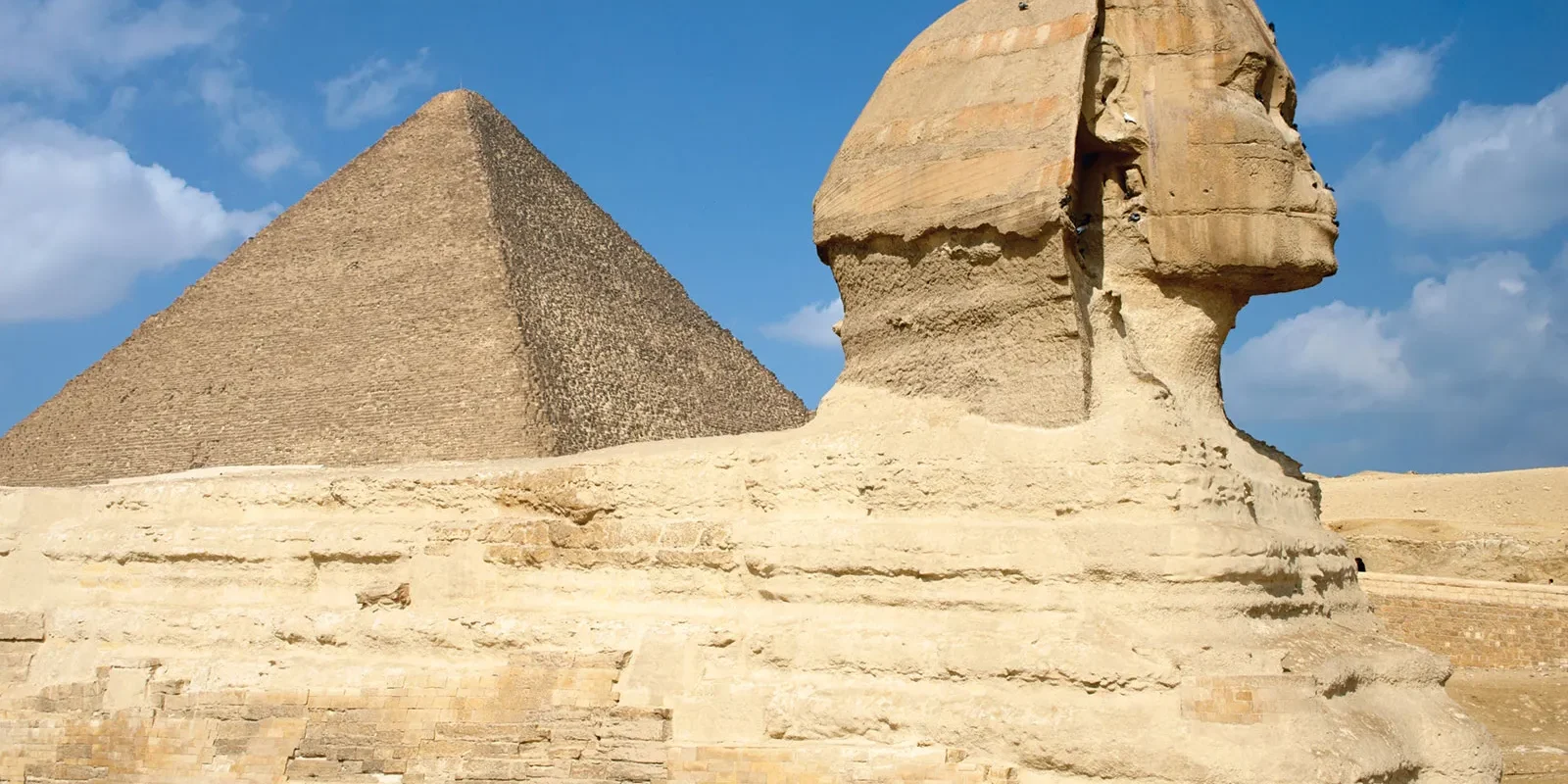The Egyptian pyramids and the Great Sphinx of Giza have stood tall for over 4,500 years, captivating generations with their mystery, magnificence, and cultural significance. These ancient monuments, nestled on the Giza Plateau just outside Cairo, continue to draw millions of visitors, scholars, and dreamers from around the globe—making them a centerpiece of many unforgettable Egypt vacations. But what makes these monuments so enduringly fascinating in a world dominated by skyscrapers, digital marvels, and artificial intelligence? The answer lies in their architectural brilliance, historical mysteries, spiritual symbolism, and the powerful stories they continue to inspire.
1. Architectural Marvels That Defy Time
One of the most compelling reasons the pyramids and the Sphinx remain captivating is their sheer architectural brilliance. The Great Pyramid of Giza, also known as the Pyramid of Khufu, is the largest and oldest of the three pyramids and was once considered one of the Seven Wonders of the Ancient World—and the only one still standing today.
Constructed using millions of limestone and granite blocks, some weighing as much as 80 tons, the precision with which these blocks were cut and assembled still amazes modern engineers. Despite lacking modern tools, cranes, or even the wheel as we know it, the ancient Egyptians managed to create a structure that has withstood earthquakes, erosion, and the test of time.
The Sphinx, a colossal statue carved from a single piece of limestone, is equally impressive. Measuring about 240 feet long and 66 feet high, this mythical creature with a lion’s body and a human head (believed to represent Pharaoh Khafre) guards the Giza Plateau with silent dignity. Its weathered face and enigmatic expression continue to spark debate and imagination.
2. Enduring Mysteries and Unanswered Questions
Despite centuries of research, the pyramids and the Sphinx continue to guard secrets. How exactly were the massive stones transported and lifted into place? What were the true purposes of the pyramids—were they merely tombs, or did they serve other functions, perhaps astronomical or spiritual?
The Sphinx raises similar questions. Who built it, and when? While mainstream Egyptologists attribute it to Pharaoh Khafre around 2500 BCE, alternative theories suggest it may be much older, pointing to signs of water erosion and other geological clues.
These unanswered questions feed a sense of wonder and mystery. New discoveries, such as hidden chambers detected using advanced scanning technology, only deepen the intrigue, sparking new theories and debates in academic and alternative history circles alike.
3. Symbolism and Spiritual Resonance
The pyramids and Sphinx are not just physical monuments—they’re deeply symbolic. For ancient Egyptians, the pyramid was a spiritual gateway, designed to help the pharaoh’s soul ascend to the heavens. The very shape of the pyramid—broad at the base and pointed at the top—represents a connection between Earth and the divine.
The Sphinx, blending human intelligence with the strength and majesty of a lion, may have been a protective symbol, a guardian of sacred knowledge. Many believe the Giza Plateau holds esoteric wisdom lost to modern civilization, with the pyramids and Sphinx serving as cosmic markers aligned with stars and celestial events.
This spiritual and mystical dimension adds another layer to their allure, especially for those interested in ancient wisdom, metaphysics, or sacred geometry.
4. A Testament to Human Ingenuity and Ambition
The construction of the pyramids and Sphinx was a monumental human effort. It’s estimated that tens of thousands of workers—possibly skilled laborers rather than slaves, according to newer findings—labored for decades to complete these structures. This feat required immense coordination, logistics, and knowledge of engineering, astronomy, and mathematics.
Their enduring presence is a powerful reminder of what humanity can achieve with vision, purpose, and collaboration. In a modern world where rapid technological progress often overshadows ancient accomplishments, the pyramids stand as eternal monuments to human will and imagination.
5. Cultural Legacy and Global Recognition
The pyramids and Sphinx are more than Egyptian heritage—they’re global icons. They appear in countless movies, books, documentaries, video games, and artworks. From Cleopatra and Indiana Jones to science fiction tales of ancient aliens, these monuments fuel endless narratives.
UNESCO recognized the Giza Plateau as a World Heritage Site in 1979, further cementing its status as a treasure of humanity. The pyramids represent one of the most influential civilizations in human history and continue to serve as a source of national pride for Egypt and fascination for the rest of the world.
6. The Tourism Magnet and Personal Pilgrimage
Each year, millions of tourists travel to Egypt to witness the pyramids and Sphinx in person. The experience of standing before these colossal structures—feeling the dry desert breeze, gazing up at the massive stones, imagining the lives of those who built them—is a powerful, almost spiritual encounter for many.
For historians, the visit is an educational journey. For photographers and artists, it’s a chance to capture timeless beauty. For others, it’s a personal pilgrimage, a bucket-list adventure to connect with one of the oldest chapters in human history. Many visitors choose guided Cairo tours to enhance their understanding of these ancient wonders and explore other historical landmarks in the vibrant capital.
Egypt has also invested in improving visitor experiences, including the recent opening of the Grand Egyptian Museum near the Giza Plateau, which will house thousands of artifacts including the treasures of Tutankhamun.
7. New Discoveries Keep the Fascination Alive
Despite being studied for centuries, the Giza Plateau continues to reveal surprises. Archaeologists frequently uncover new tombs, statues, and artifacts in the surrounding areas. Technologies such as ground-penetrating radar and 3D scanning have opened up new possibilities, detecting voids and chambers within the pyramids that have yet to be explored.
These ongoing discoveries keep the story fresh and dynamic. Each new finding sparks excitement and media attention, reminding the world that there’s still much we don’t know about these ancient wonders.
Conclusion: A Legacy That Transcends Time
The Pyramids of Giza and the Great Sphinx are not just remnants of a long-gone civilization—they are living testaments to human greatness, mystery, and wonder. Their magnetic pull lies in the perfect blend of science, spirituality, art, and enigma. They challenge our understanding of the past, inspire our visions for the future, and stand as a profound reminder of the timeless quest for knowledge, power, and meaning.
In an age of fleeting digital marvels, the pyramids and Sphinx remind us that true greatness endures. Whether you’re an archaeologist, traveler, spiritual seeker, or dreamer, these ancient monuments offer something to stir the soul. And that is why, after thousands of years, they are still—and perhaps always will be—so captivating.







